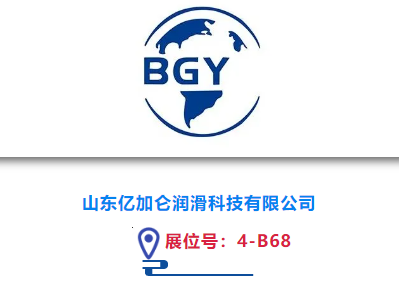Heating, Ventilation, Air Conditioning and Refrigeration (HVACR) has a strong growth in the South East Asia (SEA) market majorly because of the growing construction sector. The market is expected to grow at a CAGR of 9.30% during the forecast period (2017-2023). The HVAC market started gaining popularity in the early 20th century and has shown a promising growth ever since. However, the late 20th century brought a stagnation in the growth of the market. Nevertheless, the Air Conditioning (AC) market regained its momentum after the settlement of the global economic recession in 2008.
The SEA HVACR market is currently exhibiting a paradigm shift towards adopting the latest technologies and environment friendly cooling solutions such as Variable Refrigerant Flow (VRF). Different regulatory, energy and other standards across SEA region (such as Montreal Protocol, National Energy Policy and Voluntary Commercial energy Codes, Energy conservation promotion act in Thailand, among others) are the major reasons why manufacturers are actively adopting more advanced cooling technologies.
The market value generated by the HVACR volume sales in the SEA region varies highly, as this is a very price sensitive market. Products with higher brand name, quality, energy efficiency, and good output are sustaining the higher market share. There are several Chinese, and other regional and local brands, that are holding a significant market share on the basis of lesser pricing but with lower quality products. The leading players are focusing on increasing their market presence in this region by expanding distribution outlets in the region and launching products specifically designed for the local population. Furthermore, the regulatory bodies existing in this region play a crucial role in determining the market for the HVACR products.
The HVACR products market has evolved from the stages of rapid growth, then reaching towards stagnation, and subsequently gaining momentum again. The dynamic nature of the industry can largely be attributed to the increasing urbanization, unprecedented population growth in the SEA region, and frequently modifying governmental regulations for making the HVACR products more energy efficient, among others.
Geographically, Indonesia was the largest market in SEA region in the year 2016 in terms of value with a market value of$3.03 billion. The country is witnessing a high growth in hospitality and food industry and the increased awareness and focus on energy conservation have further contributed to the growth of this market. Furthermore, Malaysia is expected to witness the highest growth of 6.5% during the forecast period. In terms of the products split air conditioners attributed for the highest market volume in 2016 and are expected to grow at a decent pace during the forecast period. The demand is mainly expected to come from increased residential developments which have encouraged consumers to install energy efficient split units in homes, apartments and high/low end buildings, among others
The major players in this region such as Mitsubishi Electric, Dakin, Carrier, among others have focussed on developing innovative and energy efficient products to tap this opportunity in the market. Also, the companies have laid major emphasis on growing their sales and distribution network in this region to further increase their market share.
Key Topics Covered:
Executive Summary
1 Research Scope and Methodology
2 Market Dynamics
3 Competitive Landscape
4 Industry Analysis
5 The Southeast Asia (SEA) HVACR Market, Analysis & Forecast
6 Company Profiles
- Daikin Industries ltd.
- Gree Electric Appliances inc.
- Johnson Controls
- LG Corporation
- Mitsubishi Electric
- Panasonic Corporation
- Samsung Electronics
- Trane
- United Technologies Corporation
For more information about this report visit https://www.researchandmarkets.com/research/qfr82g/southeast_asia






















